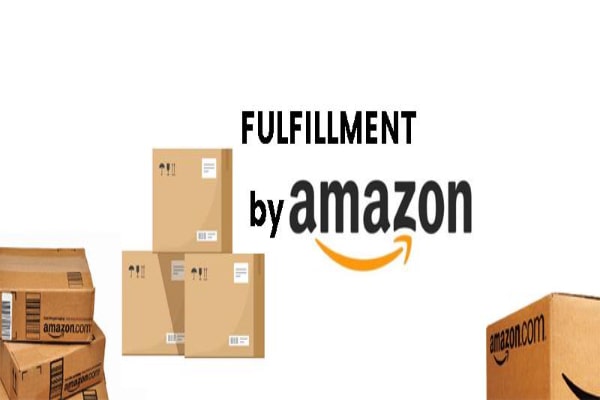When conducting product research and validation for Amazon FBA, utilizing tools and strategies can provide valuable insights and help you make informed decisions. Here are some tools and strategies you can use:
- Jungle Scout: Jungle Scout is a popular product research tool that provides data on product demand, competition, and sales estimates. It allows you to analyze product niches, track sales trends, and identify profitable opportunities.
- Helium 10: Helium 10 is an all-in-one suite of tools for Amazon sellers. It offers features such as product research, competitor analysis, keyword research, and listing optimization. Helium 10 can help you identify high-demand products and optimize your listings for better visibility.
- AMZScout: AMZScout provides comprehensive data on product sales, rankings, and trends. It offers features like product database, product tracker, and niche finder. AMZScout can help you identify profitable niches and track the performance of potential products.
- Keepa: Keepa is a browser extension that displays historical pricing and sales rank data on Amazon product listings. It helps you understand product trends, fluctuations in demand, and seasonality. Keepa can assist in identifying products with consistent sales performance.
- Google Trends: Google Trends allows you to explore the popularity and search volume of specific keywords over time. It helps you gauge the interest and demand for a product beyond Amazon. Use Google Trends to validate the long-term viability and interest in your chosen product.
- Social Media and Forums: Engage with social media platforms and industry-specific forums to gain insights into customer interests, preferences, and pain points. Participate in discussions, ask questions, and observe what products generate buzz and positive feedback.
- Amazon’s Own Data: Utilize the wealth of information available directly on Amazon. Analyze product listings, customer reviews, and the “Customers Who Bought This Also Bought” section to understand customer preferences, identify complementary products, and validate demand.
- Keyword Research Tools: Keyword research tools like Google Keyword Planner, SEMrush, or Ahrefs can help you identify relevant keywords and search volumes. Use these tools to optimize your product listings and increase visibility by incorporating high-volume, relevant keywords.
- Product Sampling and Testing: Consider ordering product samples before making a bulk purchase. This allows you to evaluate product quality, functionality, and packaging firsthand. Testing the product can help you ensure it meets your standards and customer expectations.
- Competitor Analysis: Analyze competitor listings, pricing strategies, product features, and customer reviews. Identify areas where you can differentiate your product or offer additional value to customers.
- Amazon’s Best Sellers: Browse through Amazon’s Best Sellers lists to identify popular and high-demand product categories. This can give you insights into what customers are currently buying in different niches.
- Keyword Research: Use keyword research tools like Jungle Scout, Helium 10, or MerchantWords to discover relevant keywords and search terms related to your product niche. This can help you understand the search volume and popularity of specific keywords and uncover potential product opportunities.
- Competitive Analysis: Analyze the top-selling products in your niche and evaluate their strengths and weaknesses. Look at their product features, pricing, customer reviews, and overall branding. This can help you identify gaps in the market or areas where you can differentiate your product.
- Product Review Analysis: Read product reviews of competitors’ products to understand what customers like or dislike about them. Pay attention to recurring complaints or issues that you could potentially address with your own product offering.
- Google Trends: Use Google Trends to identify rising product trends and consumer interest over time. This can help you choose products that have sustained or increasing demand, rather than fads that may fade quickly.
- Social Media Listening: Monitor social media platforms and forums related to your target market to identify product discussions, emerging trends, or gaps in the market. You can use tools like Mention, Hootsuite, or Social Mention to track relevant conversations and gather insights.
- Product Validation Tools: Tools like Viral Launch, AMZScout, and Unicorn Smasher offer data and analytics to help you validate potential product opportunities. They provide estimated sales data, revenue projections, and other metrics to assess the viability of a product.
- Supplier Research: Research reliable suppliers and manufacturers who can provide high-quality products at competitive prices. Attend trade shows, utilize online directories like Alibaba, or use sourcing agents to find reputable suppliers for your chosen product.
- Profitability Analysis: Calculate the estimated profitability of a product by factoring in costs like sourcing, shipping, Amazon fees, and marketing expenses. Tools like the FBA Revenue Calculator provided by Amazon can help you estimate potential profits.
By combining these tools and strategies, you can gain valuable insights into market demand, competition, and trends. Remember to analyze multiple data points and make data-driven decisions when selecting products for Amazon FBA. Regularly evaluate and monitor the performance of your products to optimize your selling strategy over time.
SHARE
